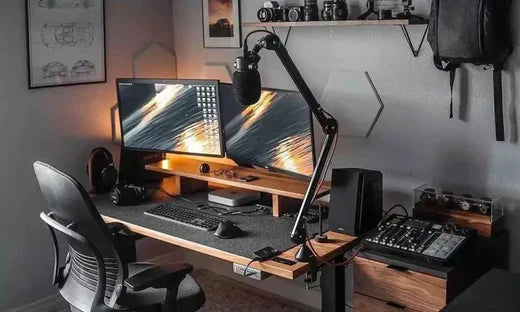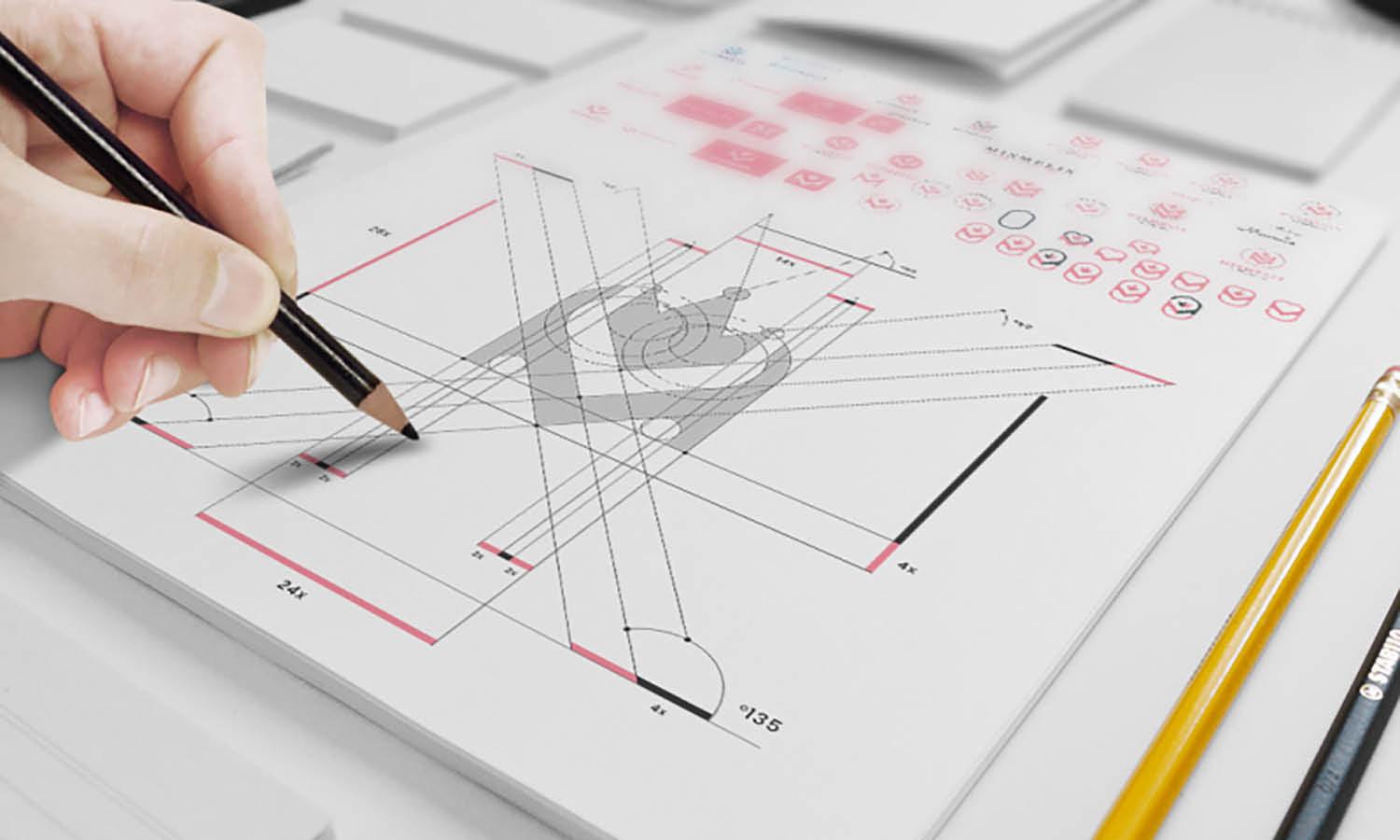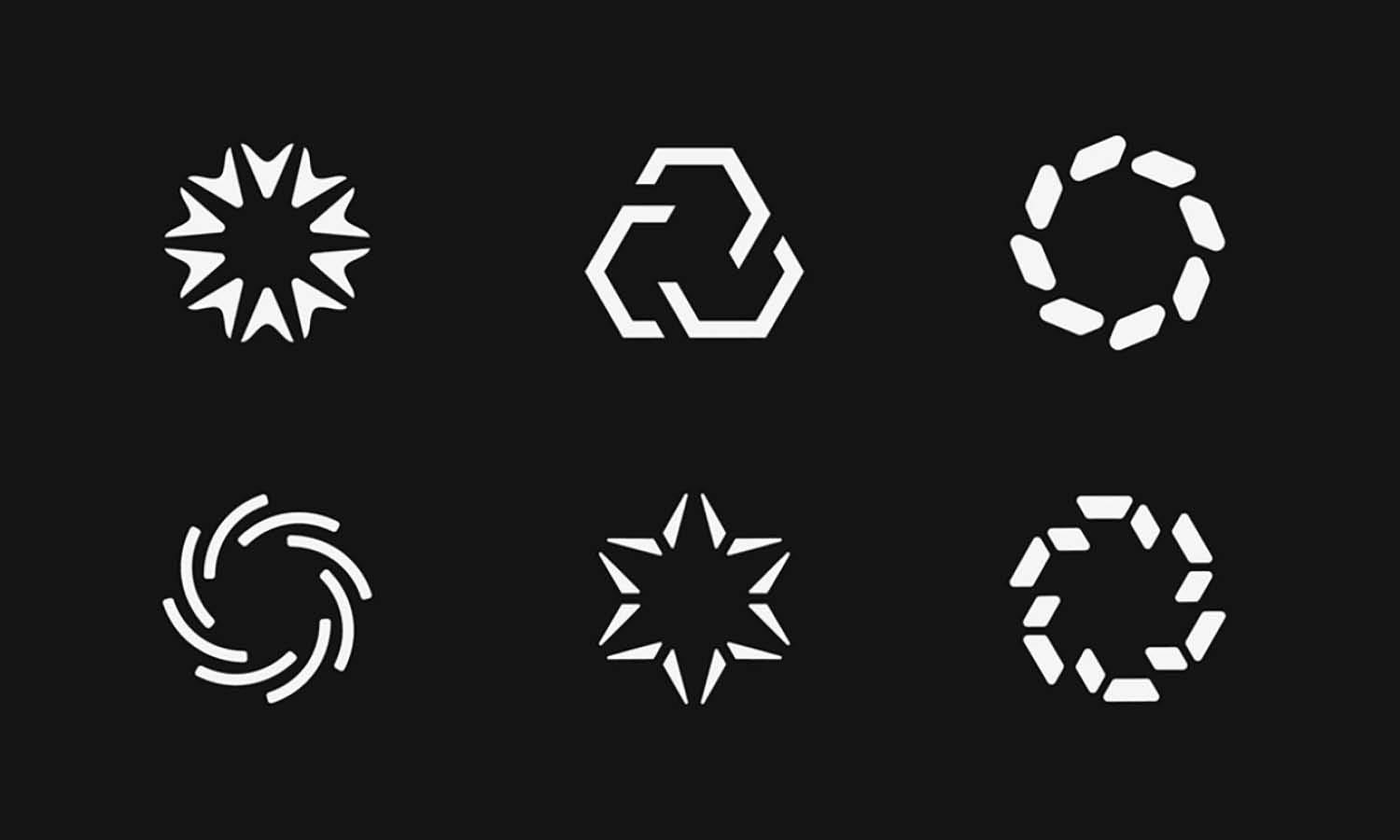Essential Hardware Specs for Smooth 4K and 8K Video Editing

Video editing at ultra-high resolutions has always been a demanding task, and it is only getting more complex with 8K content entering professional workflows. Hyper Cyber, a company that designs top PC systems, has long studied how hardware bottlenecks slow down production. If you want to cut footage in real time, stack heavy effects, or color grade without watching your software freeze, you need the right balance of power in every component. The following breakdown covers what to look for when putting together a machine built specifically for modern video editing.
Before diving into particular parts, it’s important to understand that no single piece of hardware does all the heavy lifting. Editing smooth 4K and 8K footage is a collaborative effort between CPU, GPU, RAM, storage, and even cooling systems. Skimping on one corner of the build almost always drags the whole experience down. With that in mind, let’s look at each category in depth.
Processor Power
The CPU is the command center of any editing system. Software like Adobe Premiere Pro, DaVinci Resolve, and Final Cut Pro often scale performance across many cores, but raw frequency still matters. A balanced choice typically involves a processor with high clock speeds and at least 12 to 16 cores. Those handling RED or Blackmagic RAW footage may even benefit from 24 or more cores, as decoding complex codecs consumes enormous CPU time.
Multi-threaded performance is especially valuable when exporting projects or running background tasks while editing. Single-thread speed, on the other hand, dictates how responsive your editing timeline feels when you drag clips, trim sequences, or preview effects. Both sides of the equation count, so focusing only on core numbers without looking at base and boost frequencies is a mistake.
Graphics Card Demands
While the CPU manages the flow, the GPU does the heavy lifting for rendering effects, transitions, and accelerated decoding. Editing software increasingly offloads color correction, noise reduction, and scaling to the graphics card. For smooth 4K work, a GPU with at least 8 GB of VRAM is recommended, while 8K workflows push that requirement closer to 16 GB or more.
Professional-grade cards offer stability, drivers, and optimized support for creative apps, but high-end gaming GPUs can also handle editing tasks well. The most important factor is memory bandwidth and VRAM size, since large frame buffers are needed when handling ultra-high resolution timelines. Without enough VRAM, the system will constantly swap data, creating stutters and lag.
Memory Requirements
RAM is often underestimated in video editing discussions. However, the amount of memory available directly affects how many clips you can layer, how responsive the timeline is, and how fast your system reacts to adjustments. For 4K projects, 32 GB of RAM is typically the baseline. For 8K editing, 64 GB is far more comfortable, especially if you run heavy visual effects or color grading nodes.
When editing software runs out of memory, it starts writing temporary data to your drives, and no matter how fast the storage is, it cannot match the speed of physical RAM. The result is a sluggish system that kills workflow rhythm. Investing in higher-capacity kits is often more impactful than shaving milliseconds off storage read speeds.
Storage Solutions
Fast storage is essential because raw footage in 4K and 8K consumes enormous space. High-end SSDs, particularly NVMe drives, dramatically cut down loading and caching times. A common setup involves splitting workloads across different drives: one NVMe for active projects, another for cache and scratch files, and a larger HDD or SSD array for archival storage.
Here are the typical storage layers used in professional editing rigs:
- NVMe SSD for the operating system and editing software.
- A second NVMe SSD dedicated to active projects and scratch data.
- Large-capacity SATA SSDs or HDDs for raw media storage and completed projects.
This hierarchy prevents bottlenecks by separating heavy read/write operations. Without such a division, drives get saturated quickly and timelines become choppy.
Cooling and Power Supply
It is easy to forget that stable editing requires not only raw performance but also consistent thermal and power conditions. High-end CPUs and GPUs generate heat quickly under full loads, especially during exports that may run for hours. A strong cooling solution — whether air towers or liquid systems — keeps hardware running at intended speeds instead of throttling down.
Power delivery also matters. A rig packed with multiple NVMe drives, a powerful GPU, and a multi-core CPU should not rely on a budget power supply. A high-efficiency unit with plenty of overhead avoids random shutdowns and voltage instability that can corrupt project files. Spending a little more here is an investment in reliability.
Display Considerations
Even the most powerful system becomes less effective if paired with a poor display. Editors working on 4K or 8K projects need panels that actually reflect the detail they are cutting. Monitors with high resolution, wide color gamuts, and reliable calibration tools help you judge footage accurately. Editing 8K on a 1080p display may work in a pinch, but it hides issues that will appear later in production.
Professional setups often use dual or triple monitors — one for the editing timeline, one for playback, and sometimes one for tools or scopes. This approach maximizes efficiency and avoids constant window switching, which can interrupt creative flow.
Conclusion
Building a machine ready for smooth 4K and 8K video editing is about balance rather than chasing one overpowered component. A high-frequency multi-core CPU, a GPU with abundant VRAM, generous RAM capacity, a smart storage hierarchy, and stable cooling and power all come together to form a reliable editing platform. When combined with a proper display setup, such a system turns demanding projects into manageable tasks instead of endless frustrations. The difference between a well-built workstation and a standard desktop becomes obvious the moment you drop an 8K timeline onto it.















